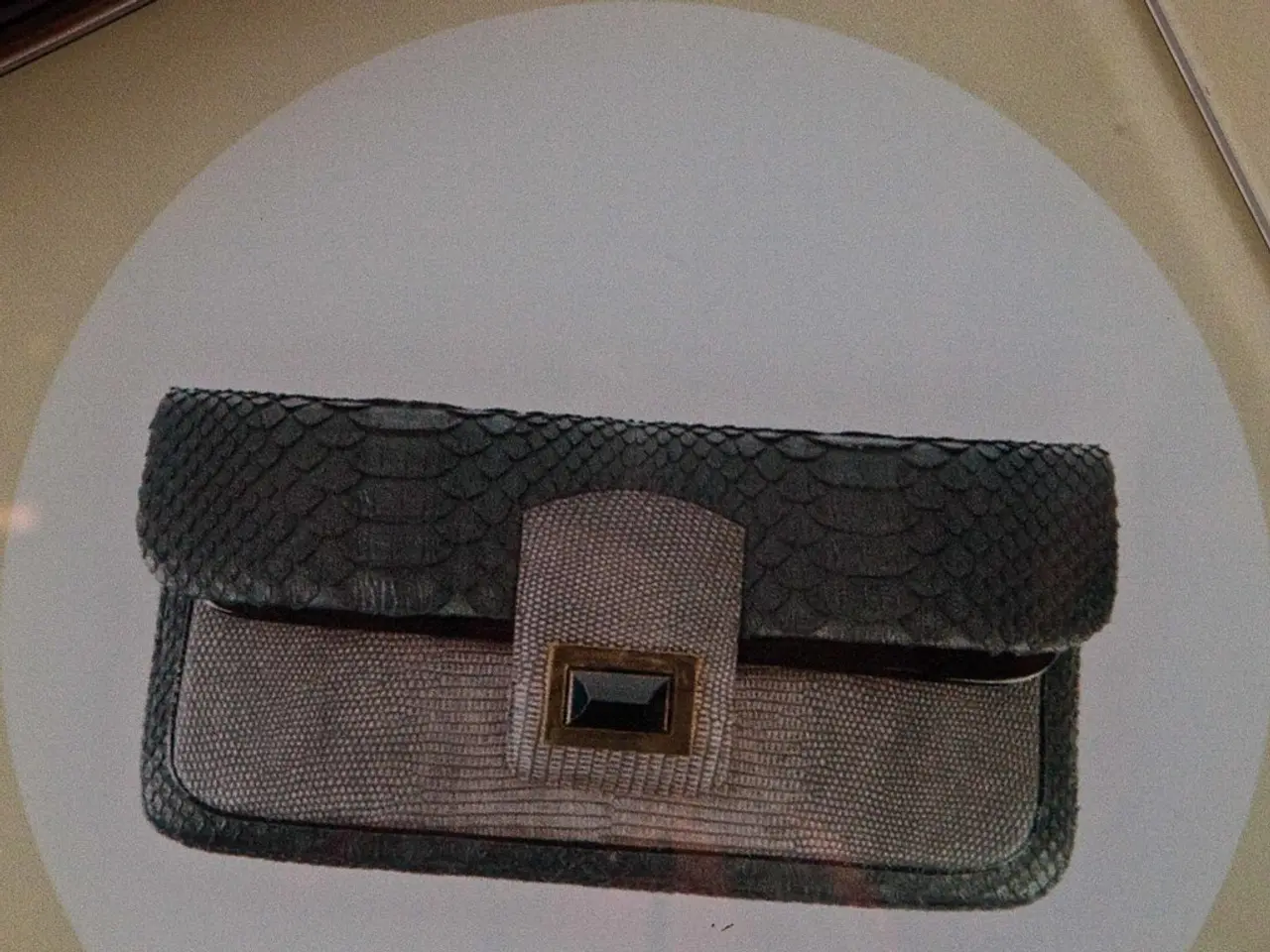Financial Harmony for Duos: Achieving consensus on financial matters
In the realm of relationships, money can sometimes be a source of tension. However, a structured approach known as the CRUSH method is transforming the way couples communicate and cooperate around finances, leading to mutual financial freedom and a stronger partnership.
The CRUSH method is designed to create an environment where both partners feel heard, respected, and invested in shared financial goals. This approach encourages open, respectful communication about finances, ensuring joint participation in financial planning, and replacing conflicts with collaboration. By doing so, it fosters a sense of partnership and mutual support, making financial decisions improve the couple’s long-term security and freedom.
One of the key benefits of implementing CRUSH is the transformation of money conversations into opportunities for intimacy and collaboration. This helps couples avoid common financial pitfalls that can potentially destroy relationships and instead work towards shared values and financial independence.
A crucial step in the CRUSH method is curating your accounts together. This involves getting organized and deciding how to manage obligations and assets. Each partner's accounts are listed, and decisions are made regarding whether to manage them jointly or separately. The financial picture is then laid out in a way that allows both partners to see it at once.
The 3-bucket budgeting approach is recommended for organizing spending. This approach categorizes expenses into three categories: Survive (essential expenses), Revive (recharging and supporting lifestyle), and Strive (future dreams).
The CRUSH process, a five-step process, is used by many couples to align their money mindset, build wealth, and reach their goals together. It encourages couples to choose a letter (from the CRUSH acronym) to explore together each month at their money dates to strengthen their relationship and finances.
Understanding one's net worth is also essential. This involves calculating the total of what one owns (assets) minus what one owes (liabilities). It is important to check in quarterly to track how it grows.
In a relationship, financial responsibilities can be divided based on each partner's strengths. For example, one partner might stay on top of everyday expenses, while another keeps credit in check. One person might talk to a tax advisor and look for investments that help save on taxes, while the other might manage retirement accounts.
It is also important to unpack money beliefs and wounds, which often stem from childhood, past relationships, or cultural upbringing. Having a reflective conversation about money, with prompts like "What was money like in your home growing up?" or "What's your biggest money fear?" can help build financial intimacy.
More than three in five Americans in committed relationships keep at least some of their money separate, according to a Financial Infidelity Survey. However, supporting each other's independence can be beneficial. Each partner can support the other's independence by maxing out their Roth IRA, creating their own cash flow cushions, having individual and personalized "fun money" budgets, and supporting career shifts, starting a business, or personal development.
Bernadette Joy, a nationally recognized personal finance expert, entrepreneur, and educator, has helped thousands of professionals and business owners eliminate debt, grow wealth, and build financial confidence. She emphasizes the importance of creating a shared vision where both partners feel empowered to contribute, grow, and support each other on the path to mutual financial freedom.
In conclusion, the CRUSH method is a financial communication framework that promotes mutual respect, shared responsibility, and cooperative planning. By implementing this method, couples can achieve mutual financial freedom through harmony and aligned goals.
The CRUSH method encourages couples to unpack their individual money beliefs and perceived money wounds to foster financial intimacy and alignment in their joint financial journey. Both partners can support each other's financial independence, such as maxing out Roth IRAs, creating personal cash flow cushions, or having separate "fun money" budgets, while maintaining a shared financial vision. A crucial step in CRUSH is jointly curating accounts, deciding whether to manage them jointly or separately, and laying out the financial picture for both partners to see at once. Understanding net worth, by calculating assets minus liabilities, is essential for tracking growth and achieving financial freedom together.




